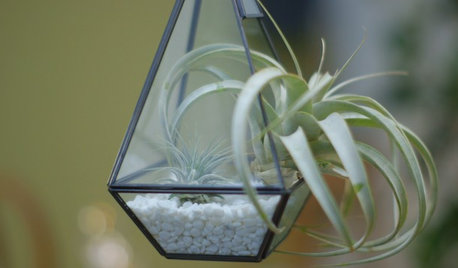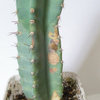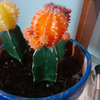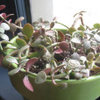Hello. My first post on cacti, although I have several cacti and succulents...:). I bought my first "living stone" today. It is a Pleiospilos nelii "Royal Flush". Always wanted one....never had one. I got her home in her little waterlogged plastic pot. It was a big box store purchase, but the plant comes from Cactuscollection dot com. I've read various articles on the internet, and the soil mixes people use are mind boggling. I have All Treat Farms cactus soil that reports to be "A horticultural grade sphagnum peat moss, washed sand and compost." Is this good enough for Pleiospilos and Lithops? I was also thinking of adding a tablespoon of bloodmeal into the mix. She's going into a 5 inch clay pot.
Presently I've taken her out of her pot,have her root ball wrapped in paper towel and drying on a germination mat. She is totally waterlogged!
Thanks in advance for your replies.












hanzrobo
xerophyte NYC
Related Professionals
Chattanooga Landscape Architects & Landscape Designers · Hershey Landscape Architects & Landscape Designers · Allentown Landscape Contractors · Bellefontaine Neighbors Landscape Contractors · Bloomington Landscape Contractors · Hoover Landscape Contractors · La Mirada Landscape Contractors · Nanuet Landscape Contractors · Rockwall Landscape Contractors · North Hills Landscape Contractors · Enterprise Carpenters · Homer Glen Carpenters · Bonita Decks, Patios & Outdoor Enclosures · Minneapolis Decks, Patios & Outdoor Enclosures · Wilmington Decks, Patios & Outdoor Enclosuresdahlialady46Original Author
xerophyte NYC